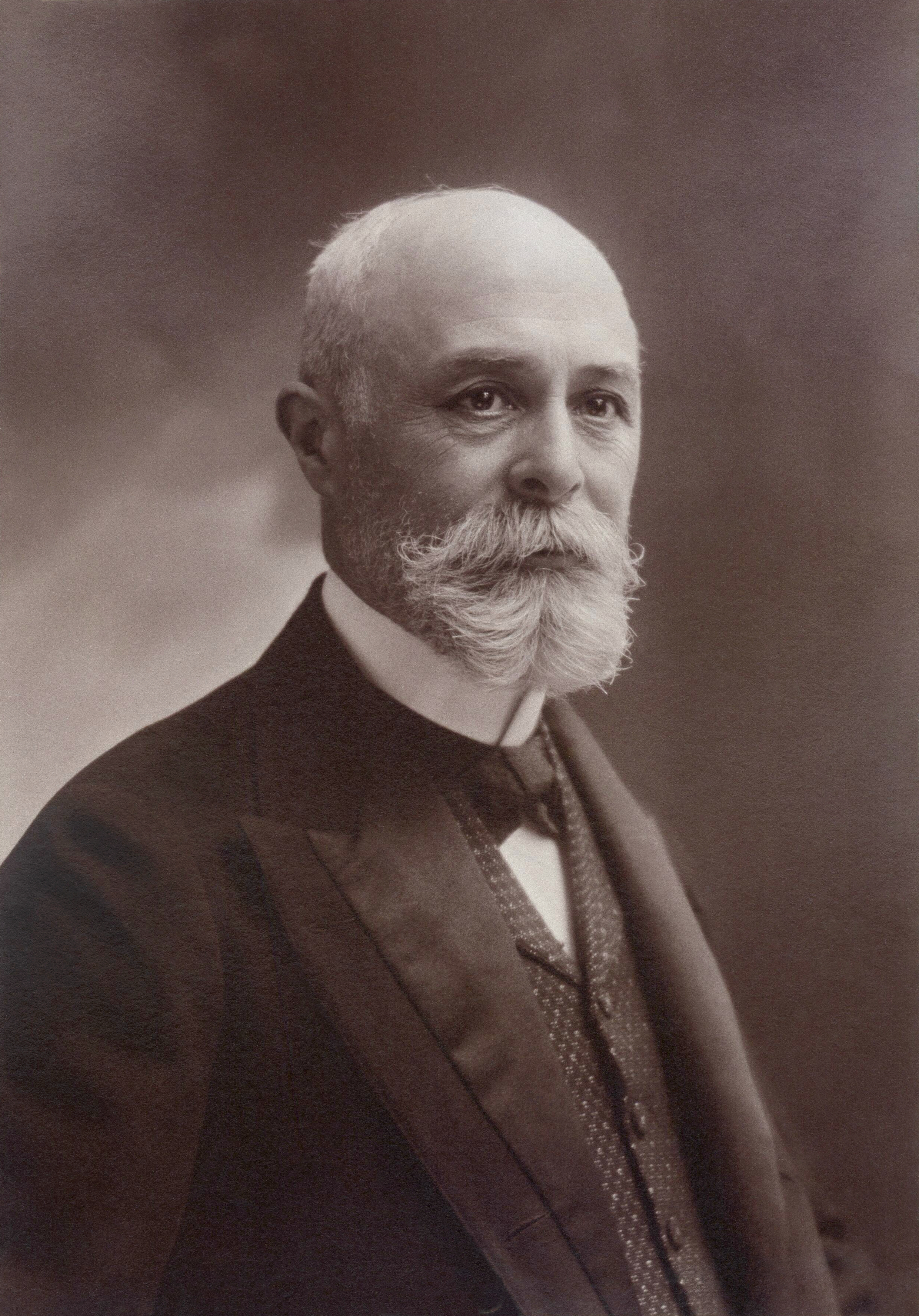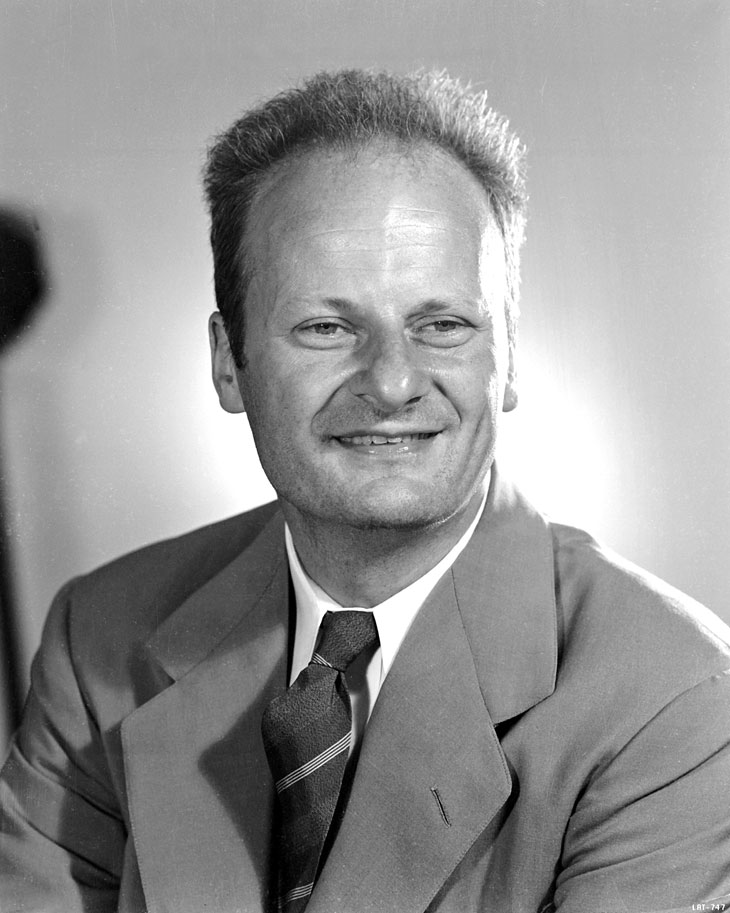|
Iain Stewart (physicist)
Iain William Stewart is a Canadian-American theoretical nuclear and particle physicist at the Massachusetts Institute of Technology, where he is the Otto and Jane Morningstar Professor of Science and the current Director of the MIT Center for Theoretical Physics (CTP). He is best known for his work on effective field theories and for developing the Soft Collinear Effective Theory (SCET). Biography Stewart attended college at the University of Manitoba, where he received his B.Sc. with Joint Honors in Physics and Mathematics and M.Sc. in Theoretical Physics in 1994 and 1995, respectively, and won the Governor General’s Silver Medal for highest standing in his graduating class. He wrote his master’s thesis under the supervision of Peter Blunden. Stewart then moved to the California Institute of Technology for four years, earning his Ph.D. in Theoretical Physics in 1999 under the supervision of Mark Wise. He then held a postdoctoral position at the University of Califor ... [...More Info...] [...Related Items...] OR: [Wikipedia] [Google] [Baidu] |
Nuclear Physics
Nuclear physics is the field of physics that studies atomic nuclei and their constituents and interactions, in addition to the study of other forms of nuclear matter. Nuclear physics should not be confused with atomic physics, which studies the atom as a whole, including its electrons. Discoveries in nuclear physics have led to applications in many fields such as nuclear power, nuclear weapons, nuclear medicine and magnetic resonance imaging, industrial and agricultural isotopes, ion implantation in materials engineering, and radiocarbon dating in geology and archaeology. Such applications are studied in the field of nuclear engineering. Particle physics evolved out of nuclear physics and the two fields are typically taught in close association. Nuclear astrophysics, the application of nuclear physics to astrophysics, is crucial in explaining the inner workings of stars and the origin of the chemical elements. History The history of nuclear physics as a discipline ... [...More Info...] [...Related Items...] OR: [Wikipedia] [Google] [Baidu] |
Gluon
A gluon ( ) is a type of Massless particle, massless elementary particle that mediates the strong interaction between quarks, acting as the exchange particle for the interaction. Gluons are massless vector bosons, thereby having a Spin (physics), spin of 1. Through the strong interaction, gluons bind quarks into groups according to quantum chromodynamics, quantum chromodynamics (QCD), forming hadrons such as protons and neutrons. Gluons carry the color charge of the strong interaction, thereby participating in the strong interaction as well as mediating it. Because gluons carry the color charge, QCD is more difficult to analyze compared to quantum electrodynamics, quantum electrodynamics (QED) where the photon carries no electric charge. The term was coined by Murray Gell-Mann in 1962 for being similar to an adhesive or glue that keeps the nucleus together. Together with the quarks, these particles were referred to as Parton (particle physics), partons by Richard Feynman. P ... [...More Info...] [...Related Items...] OR: [Wikipedia] [Google] [Baidu] |
Sloan Research Fellowship
The Sloan Research Fellowships are awarded annually by the Alfred P. Sloan Foundation since 1955 to "provide support and recognition to early-career scientists and scholars". This program is one of the oldest of its kind in the United States. Fellowships were initially awarded in physics, chemistry, and mathematics. Awards were later added in neuroscience (1972), economics (1980), computer science (1993), computational and evolutionary molecular biology (2002), and ocean sciences or earth systems sciences (2012). Winners of these two-year fellowships are awarded $75,000, which may be spent on any expense supporting their research. From 2012 through 2020, the foundation awarded 126 research fellowship each year; in 2021, 128 were awarded, and 118 were awarded in 2022. Eligibility and selection To be eligible, a candidate must hold a Ph.D. or equivalent degree and must be a member of the faculty of a college, university, or other degree-granting institution in the United Sta ... [...More Info...] [...Related Items...] OR: [Wikipedia] [Google] [Baidu] |
Humboldt Foundation
The Alexander von Humboldt Foundation () is a foundation that promotes international academic cooperation between scientists and scholars from Germany and abroad. Established by the government of the Federal Republic of Germany, it is funded by the Federal Foreign Office, the Federal Ministry of Education and Research, the Federal Ministry for Economic Cooperation and Development, and other national and international partners. Description Annually, the Foundation grants over 700 competitive research fellowships and awards, primarily to academics in the natural sciences, mathematics and the humanities. These enable scientists and scholars from around the world to conduct research in Germany, collaborating with a host and partner of their choosing. In addition, the Foundation funds German scholars through the Feodor Lynen Fellowships, allowing them to pursue research projects worldwide with a host and partner who must have previously held an Alexander von Humboldt fellowship. Th ... [...More Info...] [...Related Items...] OR: [Wikipedia] [Google] [Baidu] |
American Physical Society
The American Physical Society (APS) is a not-for-profit membership organization of professionals in physics and related disciplines, comprising nearly fifty divisions, sections, and other units. Its mission is the advancement and diffusion of knowledge of physics. It publishes more than a dozen scientific journals, including the prestigious '' Physical Review'' and ''Physical Review Letters'', and organizes more than twenty science meetings each year. It is a member society of the American Institute of Physics. Since January 2021, it is led by chief executive officer Jonathan Bagger. History The American Physical Society was founded on May 20, 1899, when thirty-six physicists gathered at Columbia University for that purpose. They proclaimed the mission of the new Society to be "to advance and diffuse the knowledge of physics", and in one way or another the APS has been at that task ever since. In the early years, virtually the sole activity of the APS was to hold scientific m ... [...More Info...] [...Related Items...] OR: [Wikipedia] [Google] [Baidu] |
Simons Foundation
The Simons Foundation is an American private foundation established in 1994 by Marilyn and James Harris Simons, Jim Simons with offices in New York City. As one of the largest charitable organizations in the United States with assets of over $5 billion in 2022, the foundation's mission is to advance the frontiers of research in mathematics and basic sciences. The foundation supports science by making grants to individual researchers and their projects. In 2021, Marilyn Simons stepped down as president after 26 years at the helm, and Astrophysics, astrophysicist David Spergel was appointed president. The Flatiron Institute In 2016, the foundation launched the Flatiron Institute, its in-house multidisciplinary research institute focused on computational science. The Flatiron Institute hosts centers for computational science in five areas: Funding areas The foundation makes grants in four program areas: Simons Investigators awardees Among other programs, the Simons Foundat ... [...More Info...] [...Related Items...] OR: [Wikipedia] [Google] [Baidu] |
University Of Vienna
The University of Vienna (, ) is a public university, public research university in Vienna, Austria. Founded by Rudolf IV, Duke of Austria, Duke Rudolph IV in 1365, it is the oldest university in the German-speaking world and among the largest institutions of higher learning in Europe. The university is associated with 17 List of Nobel laureates, Nobel Prize winners and has been the home to many scholars of historical and academic importance. History Middle Ages to the Enlightenment The university was founded on March 12, 1365, by Rudolf IV, Duke of Austria, hence the name "Alma Mater Rudolphina". After the Charles University in Prague (1347) and Jagiellonian University in Kraków (1364), the University of Vienna is the third oldest university in Central Europe and the oldest university in the contemporary German-speaking world; it remains a question of definition as the Charles University in Prague was German-speaking when founded, too. However, Pope Urban V did not ratify th ... [...More Info...] [...Related Items...] OR: [Wikipedia] [Google] [Baidu] |
Classical Mechanics
Classical mechanics is a Theoretical physics, physical theory describing the motion of objects such as projectiles, parts of Machine (mechanical), machinery, spacecraft, planets, stars, and galaxies. The development of classical mechanics involved Scientific Revolution, substantial change in the methods and philosophy of physics. The qualifier ''classical'' distinguishes this type of mechanics from physics developed after the History of physics#20th century: birth of modern physics, revolutions in physics of the early 20th century, all of which revealed limitations in classical mechanics. The earliest formulation of classical mechanics is often referred to as Newtonian mechanics. It consists of the physical concepts based on the 17th century foundational works of Sir Isaac Newton, and the mathematical methods invented by Newton, Gottfried Wilhelm Leibniz, Leonhard Euler and others to describe the motion of Physical body, bodies under the influence of forces. Later, methods bas ... [...More Info...] [...Related Items...] OR: [Wikipedia] [Google] [Baidu] |
Dark Matter
In astronomy, dark matter is an invisible and hypothetical form of matter that does not interact with light or other electromagnetic radiation. Dark matter is implied by gravity, gravitational effects that cannot be explained by general relativity unless more matter is present than can be observed. Such effects occur in the context of Galaxy formation and evolution, formation and evolution of galaxies, gravitational lensing, the observable universe's current structure, mass position in galactic collisions, the motion of galaxies within galaxy clusters, and cosmic microwave background Anisotropy, anisotropies. Dark matter is thought to serve as gravitational scaffolding for cosmic structures. After the Big Bang, dark matter clumped into blobs along narrow filaments with superclusters of galaxies forming a cosmic web at scales on which entire galaxies appear like tiny particles. In the standard Lambda-CDM model of cosmology, the mass–energy equivalence, mass–energy content o ... [...More Info...] [...Related Items...] OR: [Wikipedia] [Google] [Baidu] |
Quantum Chromodynamics
In theoretical physics, quantum chromodynamics (QCD) is the study of the strong interaction between quarks mediated by gluons. Quarks are fundamental particles that make up composite hadrons such as the proton, neutron and pion. QCD is a type of quantum field theory called a non-abelian gauge theory, with symmetry group special unitary group, SU(3). The QCD analog of electric charge is a property called ''color''. Gluons are the force carriers of the theory, just as photons are for the electromagnetic force in quantum electrodynamics. The theory is an important part of the Standard Model of particle physics. A large body of Quantum chromodynamics#Experimental tests, experimental evidence for QCD has been gathered over the years. QCD exhibits three salient properties: * Color confinement. Due to the force between two color charges remaining constant as they are separated, the energy grows until a quark–antiquark pair is mass–energy equivalence, spontaneously produced, turning ... [...More Info...] [...Related Items...] OR: [Wikipedia] [Google] [Baidu] |
Quantum Electrodynamics
In particle physics, quantum electrodynamics (QED) is the Theory of relativity, relativistic quantum field theory of electrodynamics. In essence, it describes how light and matter interact and is the first theory where full agreement between quantum mechanics and special relativity is achieved. QED mathematically describes all phenomenon, phenomena involving electric charge, electrically charged particles interacting by means of exchange of photons and represents the quantum mechanics, quantum counterpart of classical electromagnetism giving a complete account of matter and light interaction. In technical terms, QED can be described as a perturbation theory (quantum mechanics), perturbation theory of the electromagnetic Quantum vacuum state, quantum vacuum. Richard Feynman called it "the jewel of physics" for its precision tests of QED, extremely accurate predictions of quantities like the anomalous magnetic moment of the electron and the Lamb shift of the energy levels of hydrogen ... [...More Info...] [...Related Items...] OR: [Wikipedia] [Google] [Baidu] |




